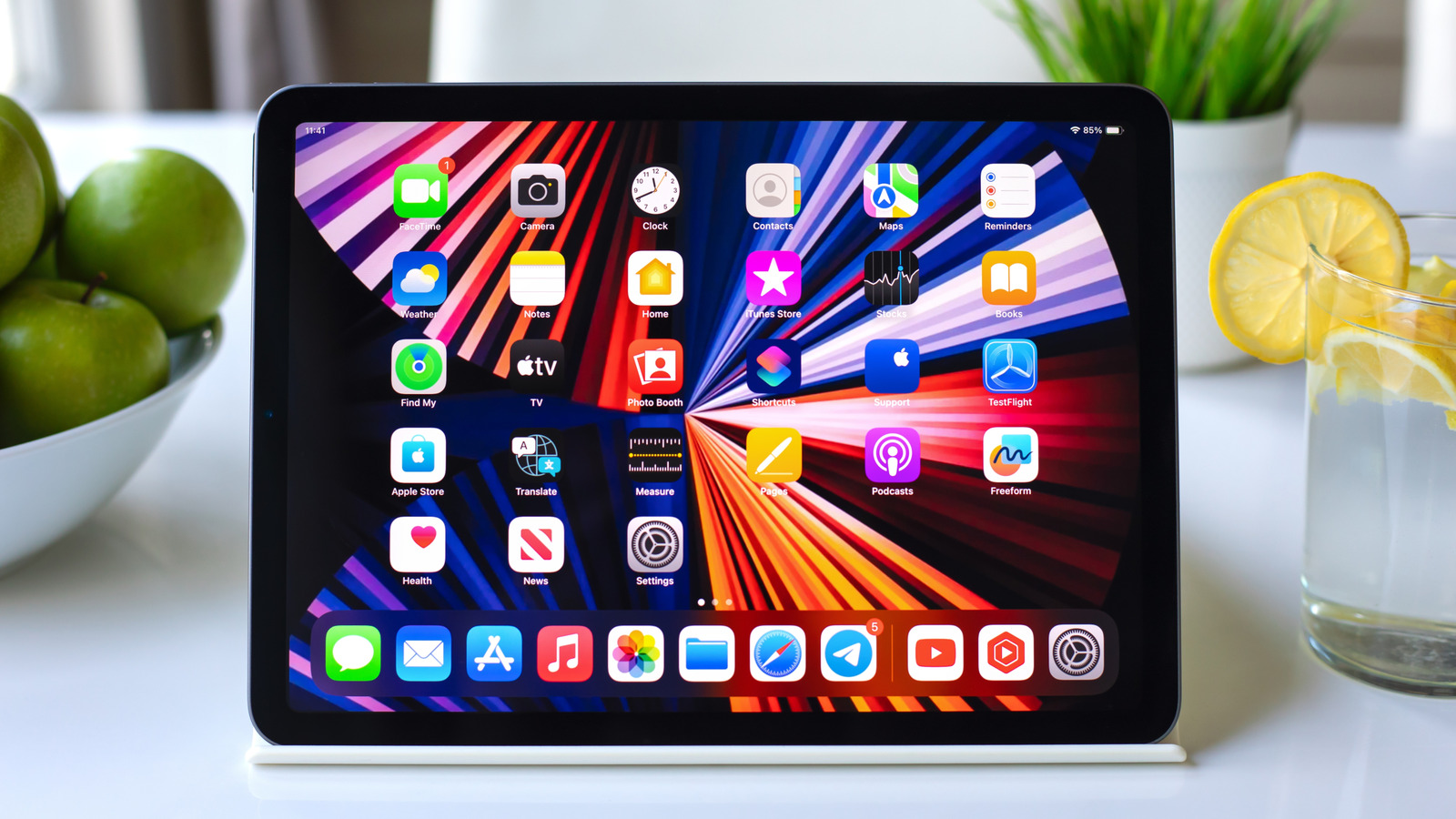The functionality of an iPad can sometimes be hindered by battery issues, particularly when users experience faster-than-expected battery drain. This is often due to certain settings that can be adjusted to enhance battery performance. Here are five essential settings to consider in order to extend your iPad’s battery life significantly.
Optimize Location Services
Location services are a common culprit for excessive battery consumption. Many applications request location access, even in the background, which can quickly deplete battery life. Instead of disabling Location Services entirely, which would hinder the functionality of many apps, users can turn off location access for specific applications. To do this, navigate to Settings, then select Privacy & Security followed by Location Services. Here, you can adjust the settings for individual apps, selecting “Never” under “Allow Location Access” for those that do not require constant location tracking.
Additionally, reviewing System Services allows you to disable location access for features such as iPad Analytics and Apple Pay Merchant Identification, further optimizing battery performance.
Manage Automatic Updates
While keeping your iPad updated with the latest system and app updates is important, automatic downloads can significantly drain battery life and consume data. To turn off automatic updates, go to Settings > General > Software Update and disable the toggles for both Automatically Install and Automatically Download. Similarly, adjust settings within the App Store by going to Settings > App Store and toggling off App Updates under Automatic Downloads. This will help conserve both battery and storage space.
Disable Background App Refresh
When apps remain in a suspended state, they continue to refresh data in the background, which can lead to increased battery usage. Disabling background activity for non-essential apps is a straightforward way to conserve battery life. To manage this, access Settings > General > Background App Refresh. Review the list of apps and turn off the feature for those that do not require real-time updates, such as social media or shopping apps.
Control App Notifications
App notifications can be both distracting and a source of battery drain. To limit interruptions and conserve battery, consider disabling notifications for non-essential apps. Navigate to Settings > Notifications, where you can adjust notification settings for individual apps. For those that are still necessary, enabling Scheduled Summary can group notifications and deliver them at designated times, reducing the frequency of screen wake-ups.
Turn Off Unused Features and Radios
Features like AirDrop, as well as radio functions such as Wi-Fi and Bluetooth, can contribute to battery drain when left on unnecessarily. Users are encouraged to disable these features when not in use. The Control Center offers a quick way to toggle these settings. Alternatively, creating shortcuts in the Shortcuts app allows for easy management of Wi-Fi and Bluetooth settings, enhancing efficiency.
By implementing these adjustments, iPad users can effectively extend their device’s battery life, ensuring more reliable usage without frequent recharging. Regular monitoring of battery health is also advisable; if the battery capacity falls below 80%, a replacement may be necessary to maintain optimal performance.







